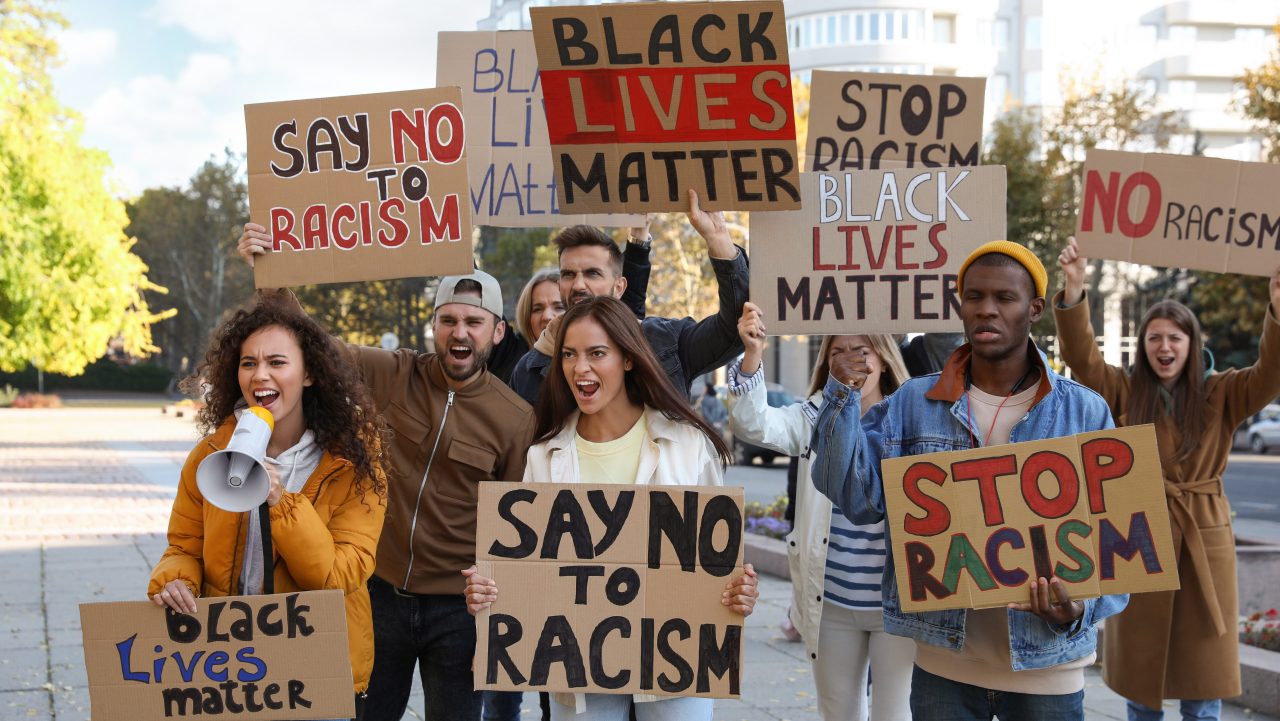Study says racism doesn’t stem from dislike, but from perceived threat
In research conducted across five studies, the findings emphasize the significance of grasping the nuances in how individuals unconsciously perceive various racial groups.
Racism reportedly seems to originate not from a personal dislike of Black Americans but rather from perceiving them as a potential threat.
According to PsyPost, a study titled “Danger or Dislike: Distinguishing Threat from Negative Valence as Sources of Automatic Anti-Black Bias” uncovered that anti-Black bias among white Americans is influenced, in part, by seeing Black men as a threat.
In lab studies, when presented with options such as “shoot,” white participants tend to make faster decisions to shoot armed targets and are slower not to hit unarmed Black targets — a finding that also applied to Black participants.

PsyPost reported that recent tragedies in the news have underscored the deadly effects of anti-Black racism, especially in interactions with law enforcement. Studies show that police use force against Black people at a disproportionately higher rate than other racial groups.
Published in the Journal of Personality and Social Psychology, the research findings supplement previous beliefs about racial bias, emphasizing the significance of grasping the nuances in how individuals unconsciously perceive various races in America.
“I suggested that many instances of anti-Black bias, like shooter bias, may be more strongly driven by a danger rather than negative association. That is, instead of dislike, the underlying problem might be [a] threat,” said study author David S. March. “So, I wanted to test if white Americans implicitly process Black individuals as a survival threat and/or in terms of negativity.”
Researchers performed five studies to examine the fundamental reasons for anti-Black bias. March said the studies reveal a consistent pattern indicating that white Americans instinctively connect Black men with the concept of threat.
In the first two inquiries, 213 white undergraduate students participated, rating various target pictures as excellent or terrible when primed with Black or white male faces.
The target pictures contained threatening, harmful and pleasant stimuli to distinguish between the associations in the context of race. Participants across studies were quicker to label threatening targets as “bad” when primed with Black faces rather than white ones. Notably, the effect was not restricted to firearms but also spread to other threats.
The third and fourth investigations looked at 445 white undergraduates who classified expressive faces shown by Black, white and Asian men as threatening, negative or positive. Mouse-tracking demonstrated that white participants began evaluating Black faces as hazardous sooner in the decision process, particularly when they expressed rage.
In the fifth and final trial, 206 white students rated threatening and negative target words as “dangerous” or “negative” when primed with Black or white names. The study aimed to see if the sense of threat exceeded the perception of negativity regarding Black people.
In all the studies, there was no automatic association found linking Black men to negativity. March emphasized that the traditional approach to prejudice as valenced judgments indicates that negative evaluations of Black Americans are the problem and that redressing the unfavorable attitude is the solution.
“Given that it appears a Black-threat association is quite prevalent, prejudices driven by threat are going to have unique and powerful impacts on behavior,” explained March, PsyPost reported. “This work implies that Black Americans may disproportionately suffer from the pervasiveness of a socially reinforced Black-dangerous stereotype. Consider police use-of-force, which may be heightened in the presence of someone perceived as more dangerous than someone perceived as less dangerous.”
TheGrio is FREE on your TV via Apple TV, Amazon Fire, Roku and Android TV. Also, please download theGrio mobile apps today!
More About:News



